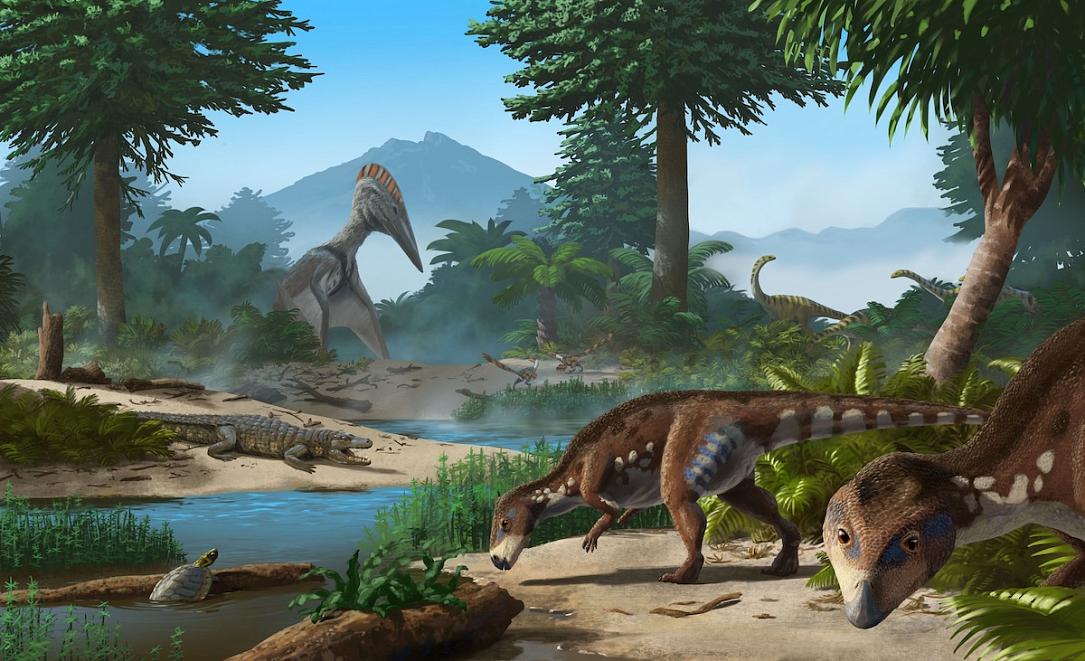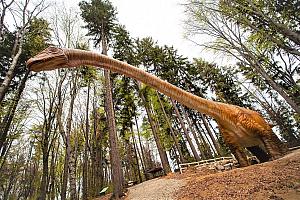Paleontologists discover new species of dinosaur in Romania’s Hațeg region

An international team of paleontologists discovered a new species of dinosaur that lived on the current territory of the Haţeg UNESCO Global Geopark in Romania, the University of Bucharest announced. This herbivorous dinosaur, scientifically named Transylvanosaurus platycephalus after the area where the fossils were found, lived about 70 million years ago.
The team of experts was led by Felix Augustin from the University of Tübingen and included professor Dr. Zoltán Csiki-Sava from the Faculty of Geology and Geophysics of the University of Bucharest, Dylan Bastiaans from the University of Zurich, and independent researcher Mihai Dumbravă from Dorset.
According to the University of Bucharest, Transylvanosaurus platycephalus literally means "flat-headed reptile of Transylvania."
This previously unknown species of dinosaur was about two meters long, walked on two legs and belonged to the Rhabdodontidae family. It was a small dinosaur, just like the other dinosaurs discovered on the territory of the Haţeg Basin, already known as "dwarf dinosaurs." As paleontologist Felix Augustin explained, their size was most likely influenced by the limited food resources available in these parts of Europe at that time.
"During most of the Cretaceous period, which spanned between 145 and 66 million years ago, Europe was a tropical archipelago. The Transylvanosaurus lived on one of the many islands of the archipelago, alongside other dwarf dinosaurs, crocodiles, turtles and pterosaurs," the University of Bucharest said.
Zoltán Csiki-Sava and his team from the University of Bucharest discovered the skull bones of Transylvanosaurus platycephalus in 2007 in the bed of a river in the Geoparc. In fact, the Haţeg Basin is one of the most important places in Europe in terms of the discovery of vertebrates from the Late Cretaceous period. In total, ten species of dinosaurs have been identified here so far.
"This diversity is unusual. In most cases, the discoveries in Hațeg consist of only a few bones, but even these can sometimes provide amazing information - as is the case with Transylvanosaurus now," said professor Dr. Zoltán Csiki-Sava.
The Transylvanosaurus fossils survived for tens of millions of years because they were protected by the sediments of an ancient river bed - until the waters of a newer river brought them back to the surface.
"If the dinosaur's skeleton had simply been exposed to the surface, instead of being partially buried by river sediments, weather conditions and scavengers would have destroyed all its remains rapidly, and we would never have known about the existence of this species," paleontologist Felix Augustin explained.
The article describing the new species can be read here.
irina.marica@romania-insider.com
(Photo source: Facebook/Geoparcul International UNESCO Tara Hategului; credit Peter Nickolaus)













